The Artistry of Lace in Victorian England & Rococo France
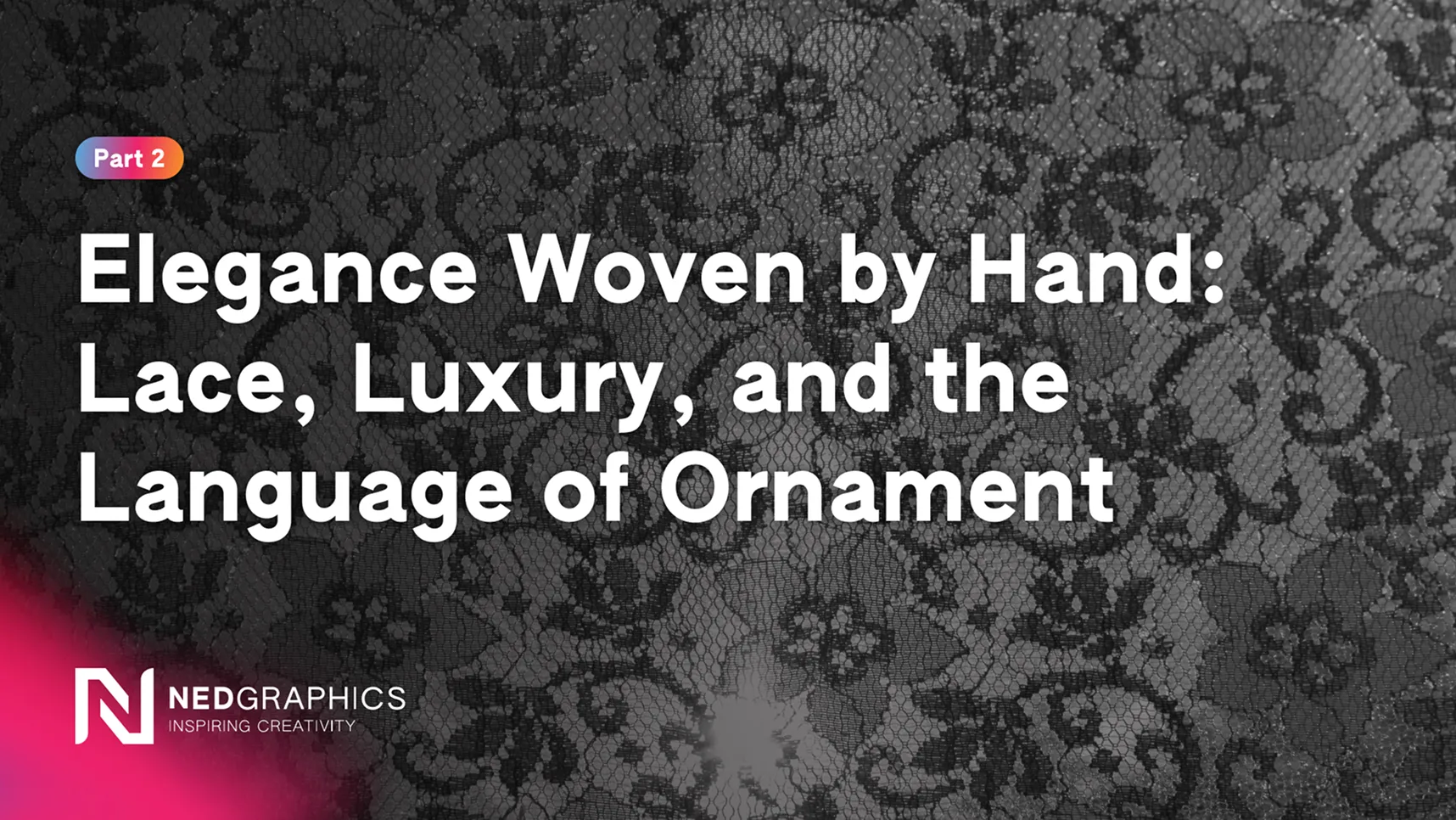
Lace is more than threadwork, it is air turned to elegance, a material expression of delicacy, devotion, and distinction. In both Rococo-era France and Victorian England, lace symbolized the pinnacle of refinement. Light as a whisper, yet painstakingly intricate, it adorned those who moved within the highest circles of power and taste—signaling wealth, femininity, and social standing.
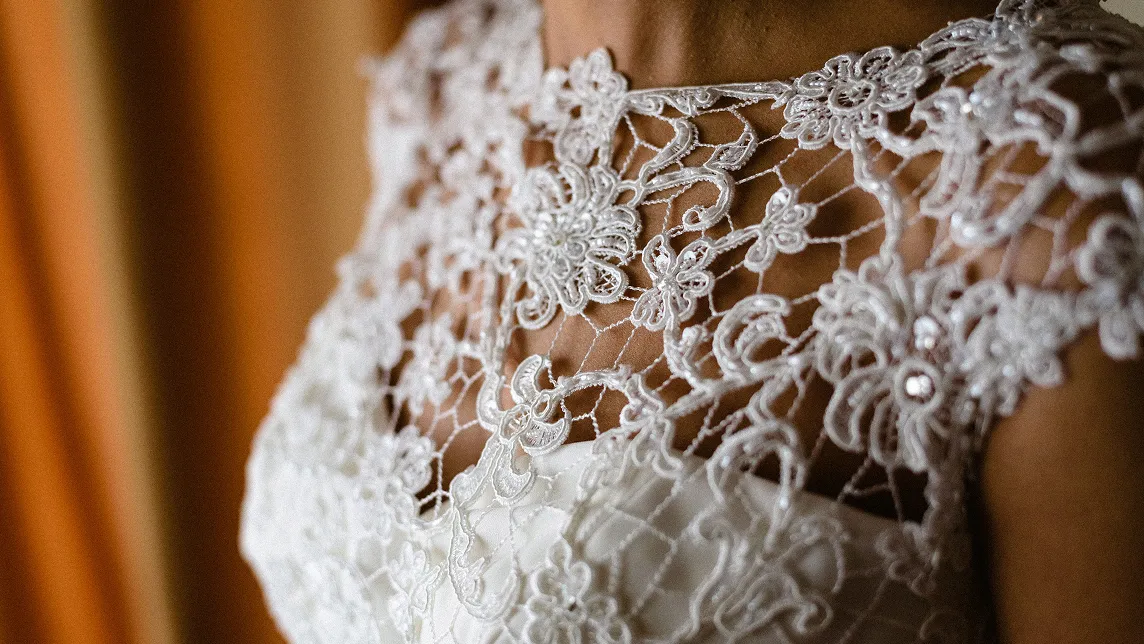
In 18th-century France, lace was a fixture of courtly dress. Marie Antoinette, herself a fashion icon of the Rococo age, frequently wore gowns and fichus edged in Chantilly lace, a style prized for its fine net background and scrolling floral motifs. Produced originally in silk, Chantilly lace was celebrated for its ability to catch the light while still conveying a sense of softness and subtlety. Worn at the collar, sleeve, or veil, lace was as much about suggestion as display—a sheer veil of luxury that hinted rather than declared.
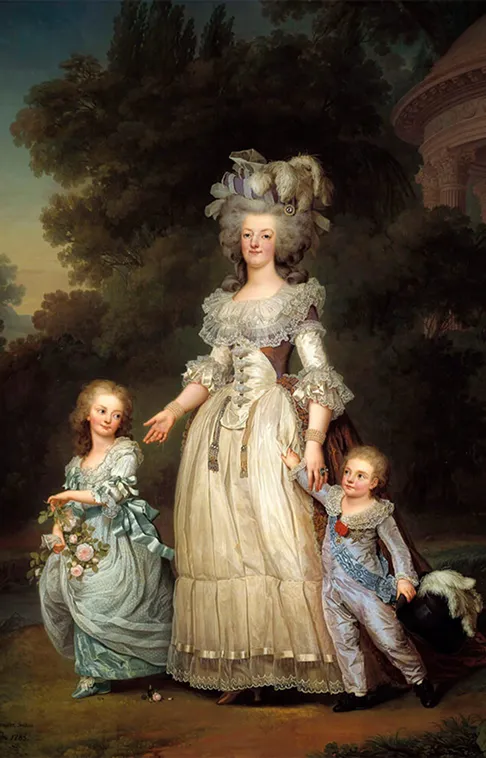
In England, lace took on new dimensions during the 19th century as Victorian sensibilities reshaped ideals of womanhood and domestic beauty. Lace wasn’t just fashion, it became part of the language of the home. The rise of bobbin lace and needle lace techniques allowed for regional variations—Honiton lace from Devon, for example, was famous for its individually handmade motifs, later assembled into elaborate patterns. Entire towns became known for lace production, each stitch reinforcing local pride and artisanal identity.
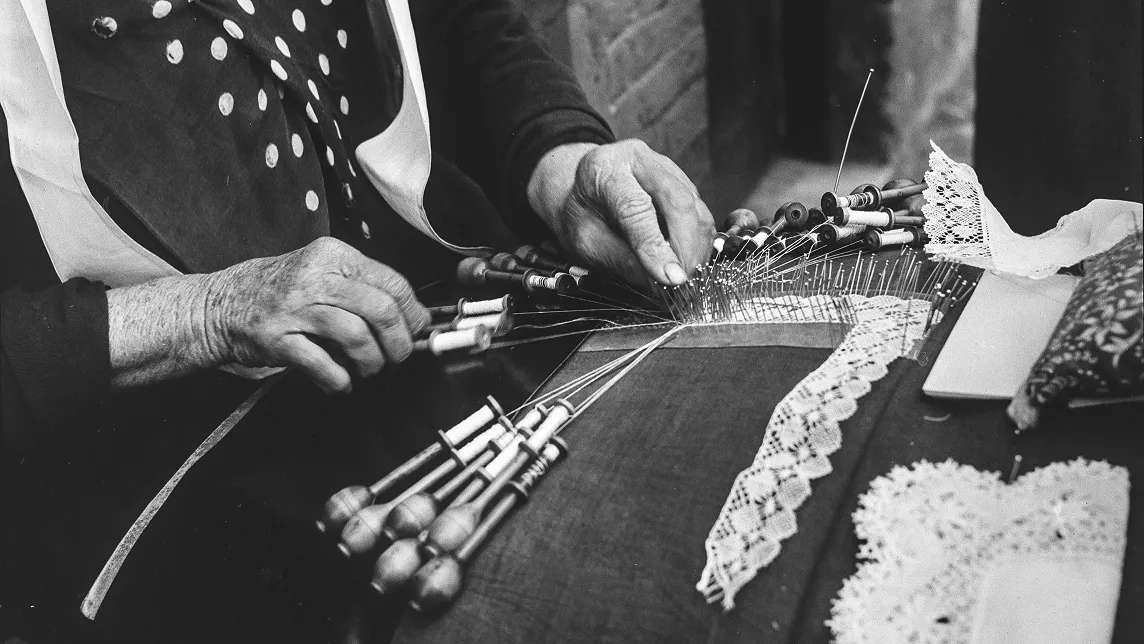
From bridal veils and baptism gowns to antimacassars and pillow edging, lace found its way into both public and private moments, elevating life’s rituals with craftsmanship and care. It was both an heirloom and a declaration: this home, this woman, this life was touched by elegance.
Today, lace is no longer reserved for royalty or special occasions. It appears on modern runways, streetwear, and digital mood boards. Thanks to textile software, designers can now simulate lace overlays, digitize classic patterns, or create entirely new motifs inspired by vintage samples. The labor of the hand is now honored through the precision of the pixel—preserving the essence of lace, even as the medium evolves.
If lace whispered refinement, damask and brocade declared it boldly. Where lace was light and ethereal, these richly woven textiles brought depth, weight, and grandeur to both garments and interiors—infusing the everyday with a sense of ceremony. As lace found its home in sleeves and trims, damask and brocade reigned in the backdrop, draping palaces, cloaking aristocrats, and commanding attention through the sheer intricacy of their woven narratives.
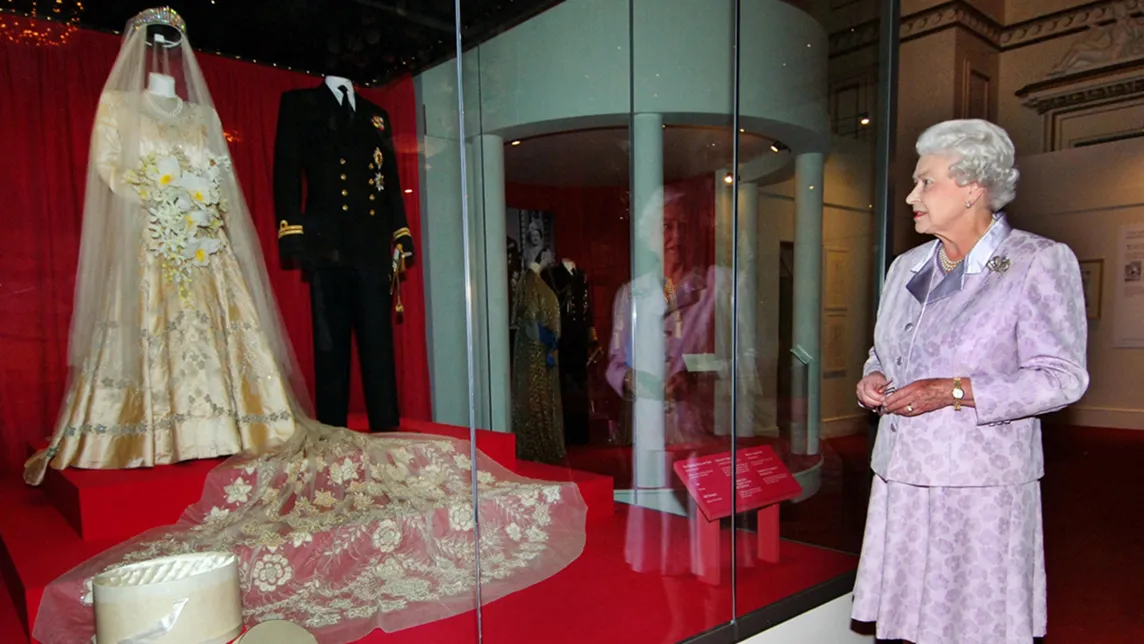
The origins of these textiles trace back to the Byzantine Empire and Italian weaving houses of the Middle Ages, particularly in cities like Lucca, Venice, and Florence. From there, their legacy of craftsmanship migrated northward, finding new expression in French and English looms. In France, the silk-weaving capital of Lyon became a hub for damask and brocade production during the reign of Louis XIV. In England, centers like Spitalfields embraced these textiles for their ornate flair and rising domestic demand.
Damask is a reversible fabric, typically woven in a single color, where the pattern emerges through the interplay of matte and lustrous threads—creating a subtle but sophisticated shimmering contrast. Brocade, by contrast, is unapologetically opulent—its raised patterns often woven with metallic threads to give the illusion of embroidery within the cloth itself. Both fabrics are known for their symmetry, botanical motifs, scrolling acanthus leaves, and stylized florals, forming compositions that mirrored the architecture and artistic tastes of their time.
These textiles were most often seen in royal furnishings—curtains, canopies, upholstered chairs—as well as ceremonial gowns, altar cloths, and coronation robes. The richness of the weave signaled the importance of the wearer or the space, elevating the moment with layers of visual and tactile luxury. In every fold and flourish, damask and brocade told stories of power, reverence, and aspiration.
The complexity of these designs wasn’t just ornamental—it was a hallmark of technical mastery. To create such elaborate motifs by hand or on early drawlooms required patience, precision, and deep expertise. Every successful pattern repeat was a testament to the artisan’s control over warp and weft, tension and rhythm.
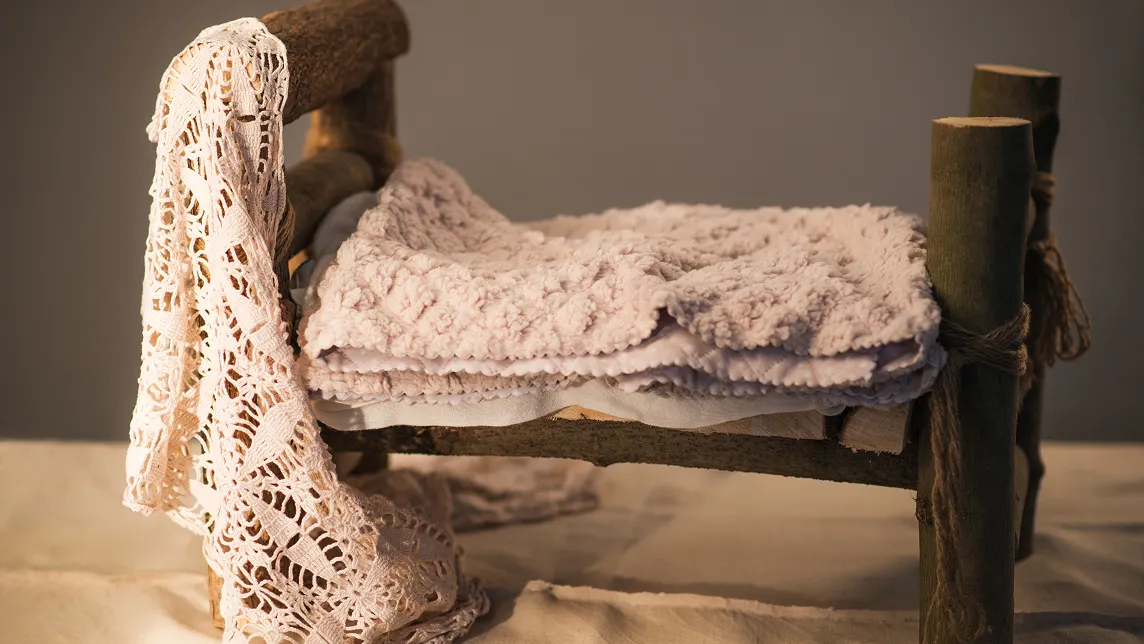
Today, that legacy lives on in both high fashion and heritage interior design. With the help of modern software, designers can recreate damask repeats with near-mathematical precision, simulate brocade textures with layered effects, and test new colorways or weave structures in digital environments before a single thread is cast. In doing so, they preserve what these textiles always represented: beauty not just as surface decoration, but as evidence of devotion to craft.
If damask and brocade showcased the technical prowess of textile artisans, they also revealed something deeply human: our desire to embed meaning into beauty. The florals, vines, birds, and geometric medallions woven into these historic fabrics were not just decorative flourishes—they were symbols of identity, affection, protection, and memory.
In both Rococo France and Victorian England, textiles became a canvas for coded language. A rose could represent love or lineage, a pomegranate fertility, a laurel branch triumph. Lace veils hinted at modesty and virtue, while damask patterns mirrored the architectural ideals of harmony and balance. Even the act of choosing a fabric for a garment or furnishing was often loaded with emotional resonance—a visual love letter, a social signal, or a spiritual statement.
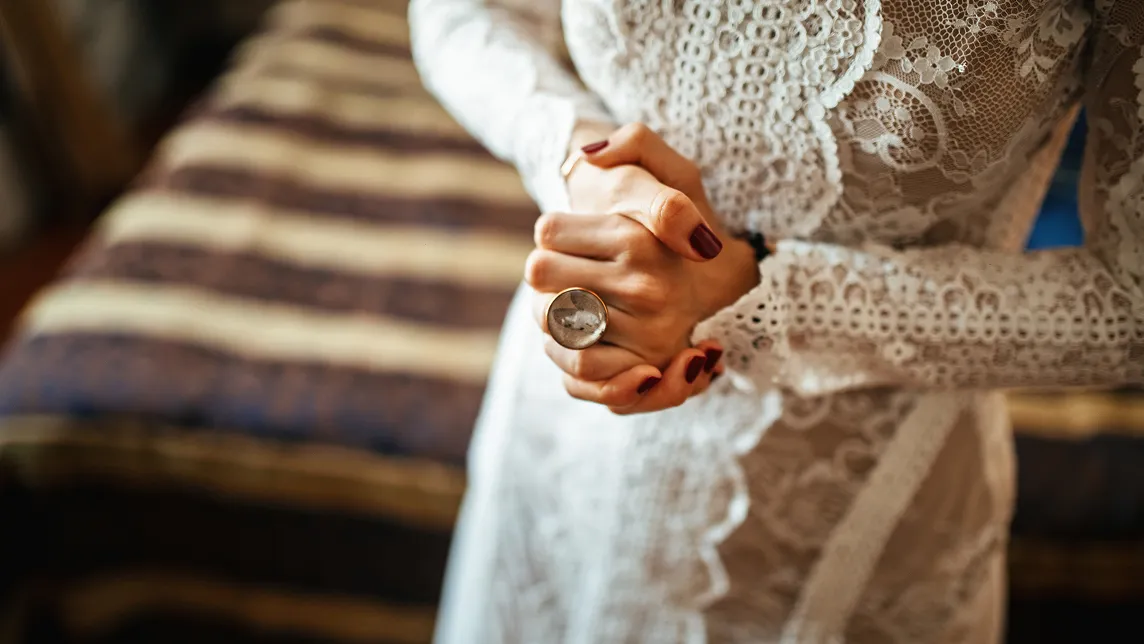
This symbolism extended into domestic life. The lace-trimmed tablecloth passed down through generations. The brocade wedding gown wrapped in tissue and tucked into an attic trunk. The wallpaper chosen for a child’s nursery, printed with scenes of innocence and pastoral delight. These weren’t just materials; they were emblems of memory and sentiment, threads woven through the rituals of everyday life.
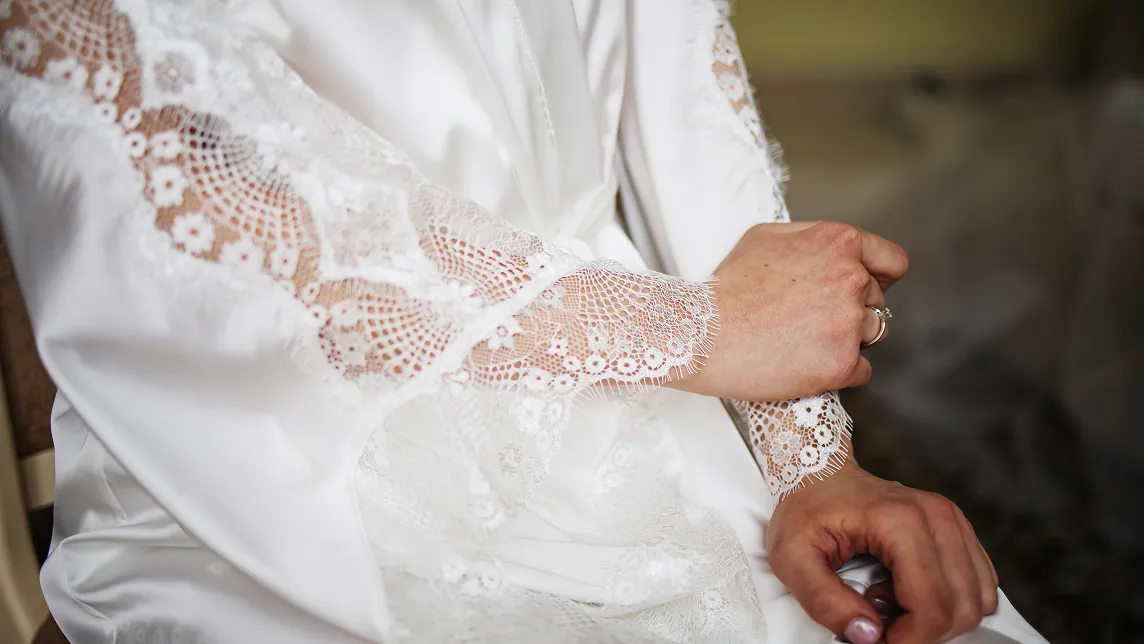
As designers today revisit these motifs, they’re not only drawing inspiration from form and color—they’re tapping into a rich emotional archive. And with digital tools at their fingertips, they can preserve this storytelling tradition while reinterpreting it for a new era. By layering vintage florals with contemporary palettes, or reimagining lace overlays in bold, unexpected formats, today’s creatives keep the spirit of these textiles alive—not as relics, but as evolving expressions of identity and imagination.
It’s in this interplay between history and modernity—between handcrafted legacy and digital potential—that the true romance of English and French textiles continues. And it’s precisely this bridge between past and present that sets the stage for what comes next: how designers today are reviving heritage motifs for fashion, interiors, and digital experiences that feel anything but old-fashioned.
In Part 3, we’ll trace how heritage patterns made their way from drawing rooms to designer runways: revived, reimagined, and ready for a new generation.
Follow us on social media to get notified as soon as the next chapter in this inspiring textile series is released.